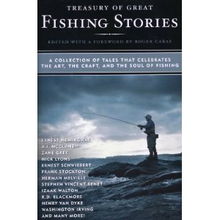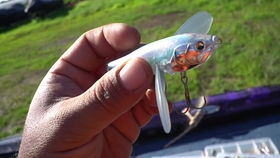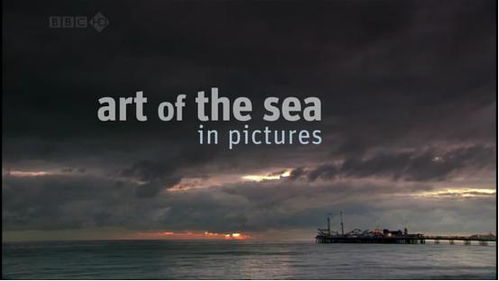
Content:
Introduction: Fishing is an enjoyable and relaxing pastime that many people pursue on a daily basis. Whether it's for relaxation, hobby, or even as a means of livelihood, having the right tackle and techniques can significantly enhance your fishing experience. In this article, we will explore some essential tips and tricks to help you outfit your fishing gear and master the art of daily fishing.
Choosing the Right Fishing Rod and Reel: The first step in setting up your fishing equipment is to select the appropriate fishing rod and reel. Here are some factors to consider:
- Rod Length: The length of your rod depends on the type of fish you're targeting and the environment you'll be fishing in. Longer rods are suitable for casting and retrieving lures, while shorter rods are better for tight spaces and precision casting.
- Rod Power: The power of your rod refers to its ability to handle fish. Lightweight rods are ideal for lighter species, while heavy-duty rods are better for larger fish.
- Action: The action of a rod describes how it bends under pressure. Fast-action rods are good for quick retrieves, while slow-action rods are better for presentations that require a slower retrieve.
When choosing a reel, consider the following:
- Line Capacity: The line capacity of your reel should match the weight and length of line you plan to use.
- Drag System: A good drag system ensures that your line remains tight and prevents your fish from escaping when they pull hard.
- Reel Material: Lightweight materials like aluminum and graphite are durable and offer better performance.
Selecting the Right Fishing Line: The choice of fishing line can make a significant difference in your fishing success. Here are some factors to consider:
- Line Type: There are various types of fishing lines, including monofilament, fluorocarbon, and braided lines. Each has its advantages and disadvantages. Monofilament is flexible and easy to tie knots, but it is less visible underwater. Fluorocarbon is less visible and more sensitive than monofilament, but it can be more expensive. Braided lines offer excellent strength and durability but are more visible underwater and can be difficult to tie knots.
- Line Strength: The strength of your line should be sufficient to handle the size and strength of the fish you're targeting. For instance, a 10-pound test line may be suitable for catching small to medium-sized fish, while a 30-pound test line is better for larger fish.
Choosing the Right Lures and Baits: The type of lure or bait you use will depend on the species of fish you're targeting and the conditions of the water you're fishing in. Here are some general guidelines:
- Lures: Lures come in various shapes, sizes, and colors, designed to mimic the movement and appearance of natural prey. Some popular types of lures include spinnerbaits, crankbaits, and plastic worms. Experiment with different lures to see which ones work best in your specific environment.
- Baits: Baits like live bait, dead bait, and artificial baits can also be effective. Live bait, such as worms, crickets, and minnows, can be very effective for attracting fish. Artificial baits, such as corn or dough, can also be used as an alternative to live bait.
Tackle Box Organization: To make the most of your fishing experience, it's essential to keep your tackle box organized. Here are some tips:
- Keep your tackle box in a cool, dry place to prevent rust and deterioration of your equipment.
- Use separate compartments for different types of tackle, such as hooks, lures, and line.
- Keep tools like pliers, needle-nose tweezers, and line cutters readily accessible.
Fishing Techniques: Mastering various fishing techniques can help you catch more fish. Here are some essential techniques to try:
- Casting: Practice different casting techniques, such as the overhand cast, sidearm cast, and roll cast, to cover more water and present your bait or lure effectively.
- Bait Presentation: Pay attention to the way you present your bait or lure. A slow, erratic retrieve can sometimes trigger more fish to strike.
- Patience: Fish often take their time to bite, so be patient and give your bait or lure time to work.
- Adaptability: Be prepared to adjust your tactics as conditions change. This includes changing lure colors, sizes, and types, as well as varying your approach based on the species and water conditions.
Conclusion: Fishing is a rewarding activity that can be enhanced by outfitting your gear with the right tackle and mastering essential techniques. By carefully selecting your fishing rod, reel, line, and bait, and developing a strong understanding of fishing techniques, you'll be well on your way to enjoying successful and memorable fishing trips. Remember, practice and patience are key to becoming a skilled angler.












